Malaysia's housing woes could be addressed if all stakeholders help, such as home builders, buyers, lending institutions and the authorities, according to the Real Estate and Housing Developers' Association (REHDA) President Datuk Seri FD Iskandar.
"It has to be through a holistic approach, where everybody plays their part. State and local governments also need to play their part" he said.
"Developers should give incentives like tax rebates to buyers. They should not charge a premium and should further lessen development and infrastructure charges. Banks should give lower interest rates to first-time buyers. In addition to lower rates, give longer tenures as some buyers are young between 25 and 30.â€
For the buyers, he said they should learn not to borrow beyond their means. If they cannot afford a typical mortgage, they can also try a two-generation housing loan, wherein the father or mother can pay 30 percent of the loan, while the rest will be repaid by the buyer. This has been done in other countries, with Australia practising this for years.
If the state or federal government is the landowner, they should not sell the development site at an exorbitant price if they want the developer to build affordable homes. But typically, the authorities want to maximise their benefits when they privatise a land.
"The federal government wants to build affordable homes, but the state government charges a high premium. After calculation, we find we cannot do it" explained Iskandar.
Moreover, REHDA is urging the authorities to reduce conversion premiums that developers need to pay if they want to convert agricultural land into residential, commercial or industrial land.
"Take Selangor for example. Around 2008 or so, we were paying about five or six percent of the future market value as the conversion premium. But today, we are paying roughly 24 percent. So this has gone up by four to five-fold. When you buy a piece of land, say 100 acres (40ha) for a medium-sized township, you cannot use the whole 100 acres because you have to surrender land for roads, drains, schools and other public facilities. The net usable area, minus these amenities, is probably only 50 acres (20ha).â€
Another thing the government can do to help lower the cost of residential prices is to revise that rules that increase the costs of labour and construction materials such as steel bars.
"In February, the government introduced a levy on certain types of steel bars. Before this, we paid about RM1,700 for a small steel bar (Y9 and Y11). But after the introduction of the levy, we pay about RM2,700 per tonne. So, there is an increase of more than 30 percent. (The price of) construction materials have increased, what more of labour cost?â€
Furthermore, Iskandar hopes that Putrajaya will increase the allocation for MyHome under the 2018 Budget, as it is a scheme that encourages private developers to construct more low-cost houses.
"The last budget for this was RM300 million, translating to 10,000 people receiving RM30,000 grants. If the allocation is increased, more people will have the confidence to buy a house. If they buy a RM300,000 house, they already have the 10 percent deposit" he added.
This article first appeared in New Straits Times on Aug 28, 2017.

_PH_Banner_(Desktop)(1200x180px).png)
.jpeg)
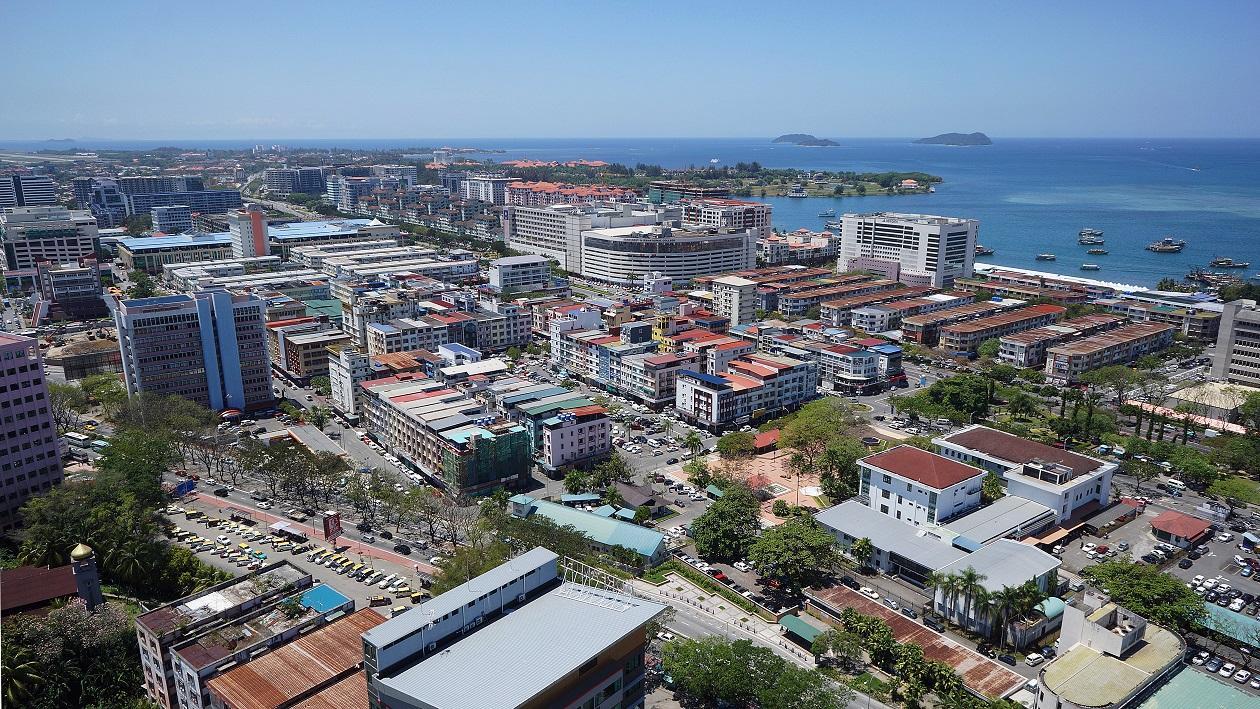
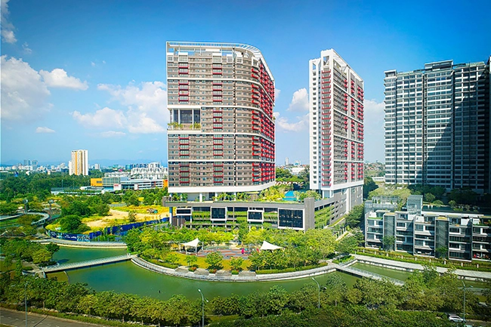
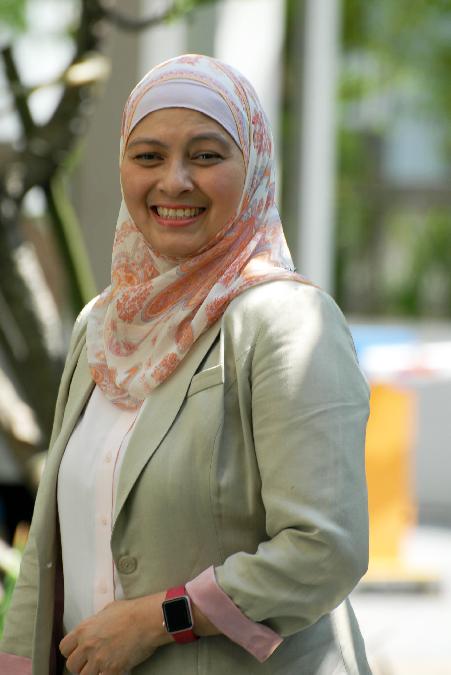

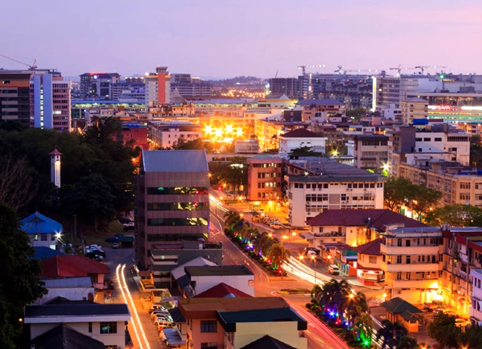
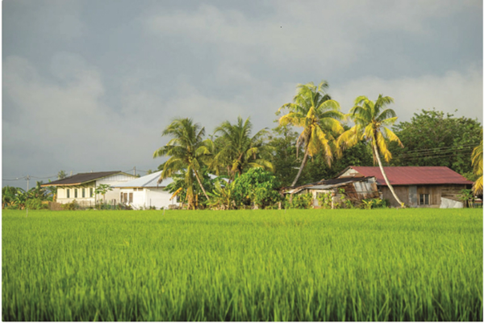
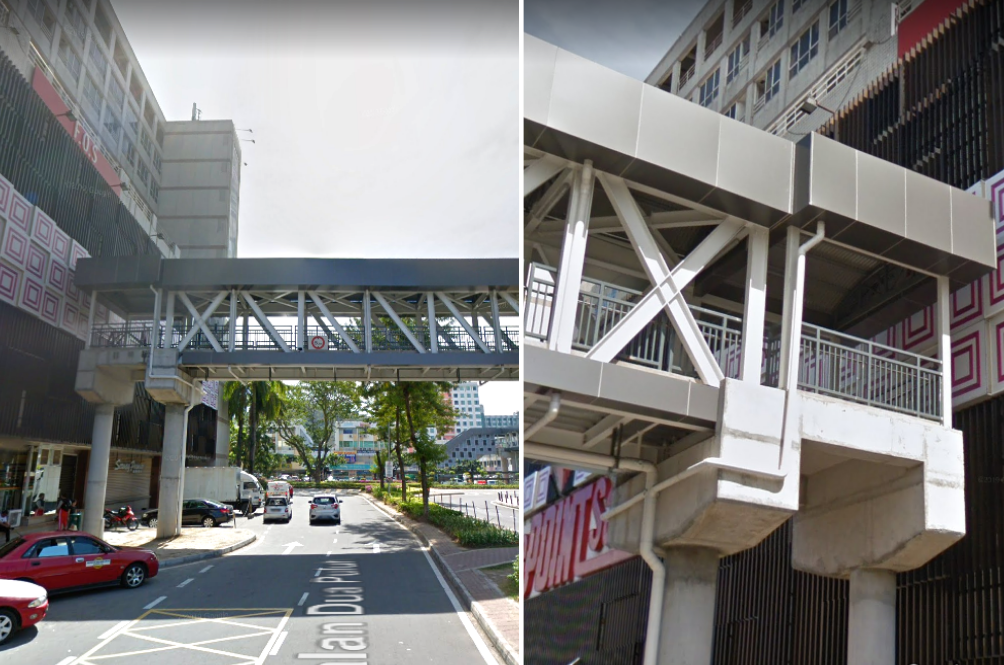

.jpeg)

